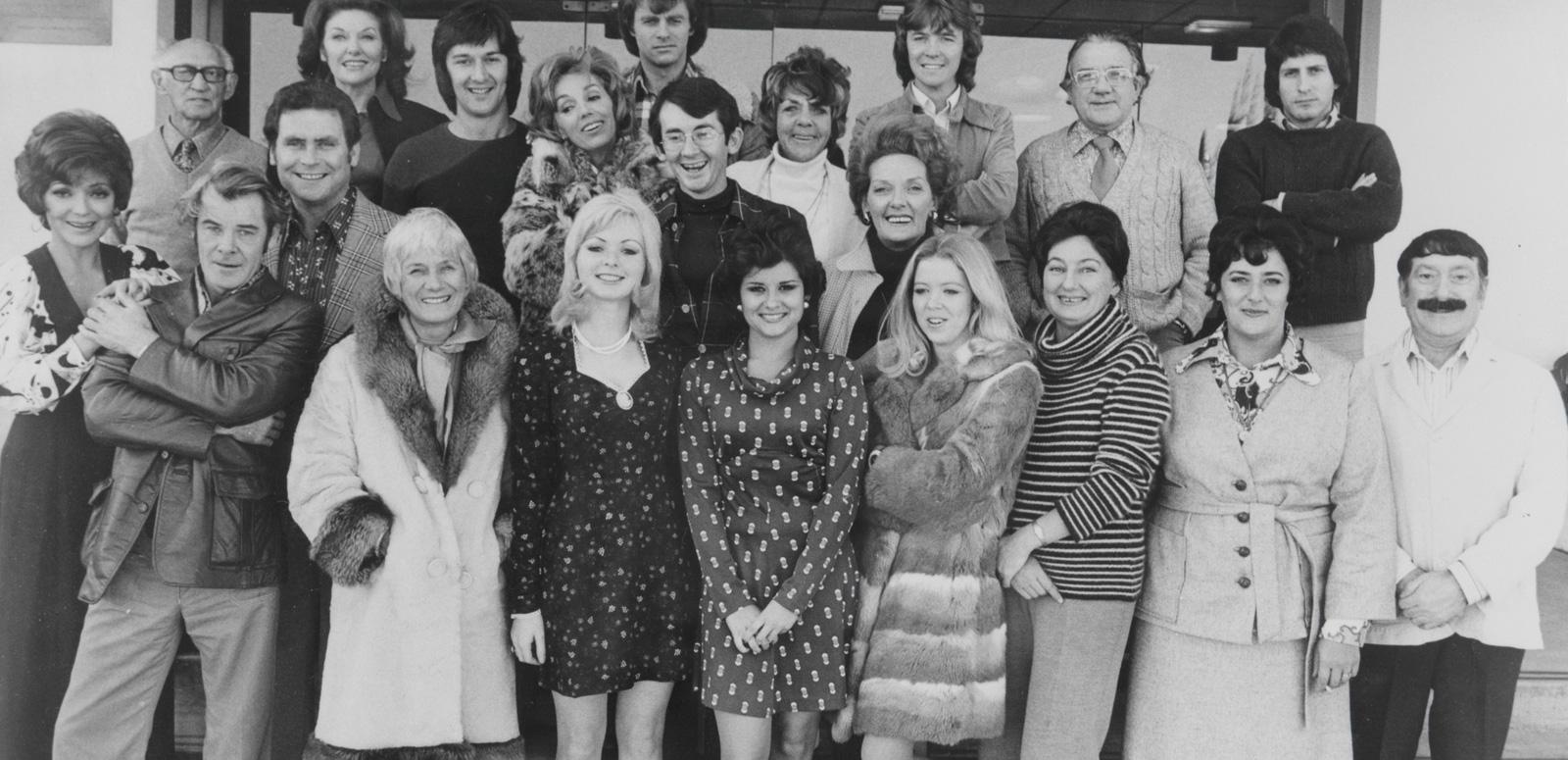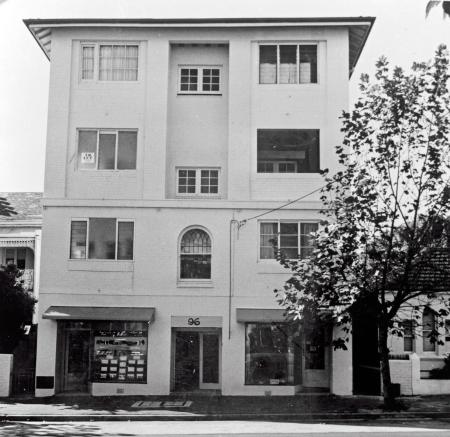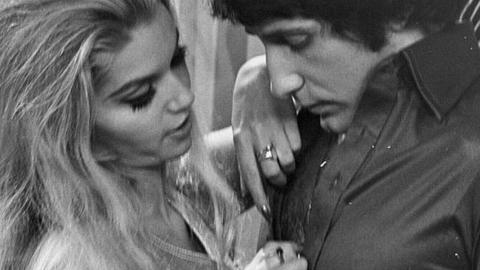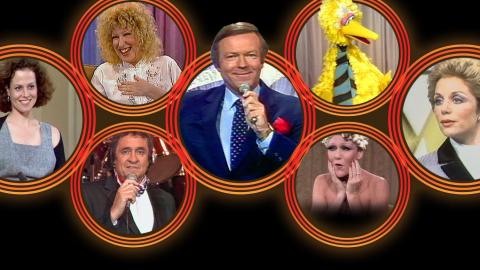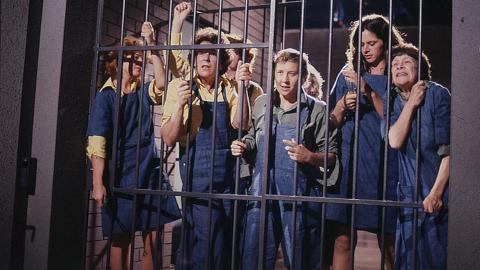Guest contributor Nigel Giles, author of 'Number 96: Australian TV's Most Notorious Address', writes about the debut of Australia's first 'adults only' soap on our screens in March 1972.
In May 2025, more than 50 years after its debut, Number 96 returned to screens, streaming for free on the ad-supported service Brollie.

